A lot of things can change during the development of a game. Half-Life is rich with lore, and because of this, things have constantly changed during the series development.
Scrapped and Future Concepts of Half-Life – 5 Episodic Development Ghosts
Discussion & Analysis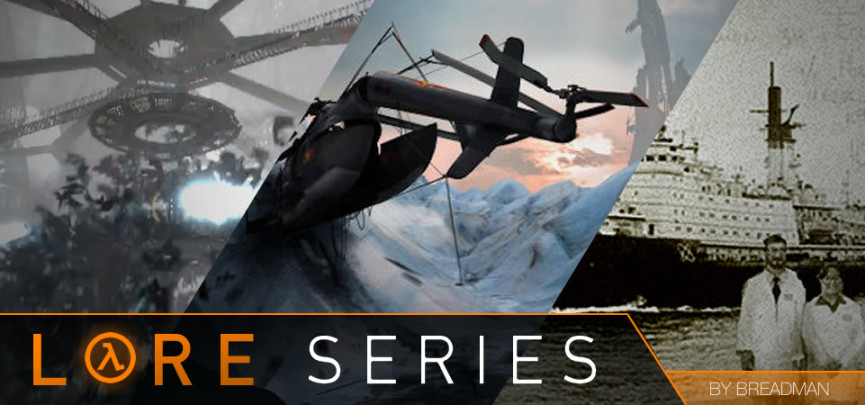
We may never know about everything within the Half-Life universe, as mystery is a huge part of the game’s intrigue. But it’s still interesting to see what could’ve been – what could be – and how these changes would affect the lore we know so well.
Over the years, a lot of things have come out of the woodwork. Here are five things you may not have seen:
1. Scrapped Interaction with D0g
Admit it. You’ve looked D0g in the eye and buzzed your manipulator at him in a vain attempt to communicate with him. We love D0g. Who doesn’t? There’s something about that almost cartoonish, silent gesturing that makes him appealing.
You probably remember this iconic scene from Episode 2:
But you probably didn’t know is that there was an intended interaction sequence with D0g here. Whilst investigating the map, we can see that D0g has a missing output. An output is an event, and in this case this event would have been triggered when the player ‘used’ D0g.
The output is linked to a choreographed scene – but the scene itself is missing from the game’s files. Each character has choreographed scene files and these files are what bring the characters to life. They define specific animations and sequences the characters go through during the games. For example, Alyx hugging Eli – that’s a choreographed scene.
Who knows what Valve intended D0g to do here. Perhaps this was a chance to say goodbye? Valve have stated in commentary that they had to trim down a lot of talk during these sequences as playtesters would get bored with all of the dialogue.
We may never know what this was intended for. We are missing a map though – more on that in a moment.
2. Asset Cross-contamination
Due to the nature of Source 1 & 2, assets, code and files from other games can crop up in unsuspecting places. There are so many references in Valve’s other games.
In 2010, strings of code were found in the Alien Swarm SDK. They included:
"Ep3 Blob Shake Position", "Ep3 Fire Cover Position", "Ep3 Brain Cover Position", "Ep3 Brain Regenerate Position", "Ep3 Spit Position", "Ep3 Spawn Generator Position", "Aperture: Nest"
We know that Aperture: Nest was a node hint relating to birds/crows. Nodes essentially provide NPC’s with a navigation grid so that they can move around maps. Node hints provide information to NPCs about the area they are placed in. In early Portal 2 videos, birds were more prominent and appeared to fly around the crumbling facility. It has been assumed that these node hints would direct bird npcs to nests.
The ‘Ep3’ references are completely ambiguous though, and we can only assume that an NPC named ‘Blob‘ would use these hints to react appropriately according to their positioning. Judging by the names of these hints, ‘Blob’ sounds more like a boss than a standard NPC. It’s likely that ‘Blob’ is placeholder name or an in-house nickname for an unknown NPC.
There’s more though. In May 2011, several choreographed scenes for Magnusson appeared in Portal 2’s files. You can view them here. The scene names are interesting:
"magnuss_idle.vcd", "magnuss_shakehead.vcd", "magnuss_nopoint.vcd", "magnuss_get_going.vcd", "magnuss_wave.vcd"
These could be old scenes from a previous iteration of the Episode 2 ending or maybe even scenes from Episode 3. In the same files, an NPC called “Combine Advisor – Roaming” was present. This was later removed.
In September 2011, DOTA 2’s client was leaked and more references were found:
"weapon_icegun", "weaponizer_concrete", "weaponizer_liquid", "weaponizer_metal", "weapon_flamethrower"
These were to be located in a folder labelled ‘ep3’. Valve subsequently told us to ignore these, but they still shed light on ideas/concepts they were playing with in the past.
In February 2015, more things were found in DOTA 2’s files. Inside a .dll file used for the model editor, another interesting string was found:
"physics_testbed.exe -game hl3 -open"
Testbed.exe was later revealed to be a program used to test physics. This program was featured in a presentation by Sergiy Migdalskiy – a developer at Valve. You can view the presentation here. Valve used this tool to test and debug Left 4 Dead 2’s model physics.
In August 2015, more data mining was conducted and it produced some interesting results. Aside from DOTA’s files containing a ton of Half-Life 2: Episode 1 code, there were references to Half-Life 1 using the Source NPC variation: “NPC_Human_Grunt”:
The Source 2 stuff was way more interesting, though. There were references to cloth physics:
It’s suggested that these are already used in DOTA 2. There were also references in Hammer files, to three new Source 2 games – they were named ‘HalfLife‘, ‘Left4Dead’ and ‘RPG’:
There were also decal lists for each game, including ‘HL3‘:
One final, bitter-sweet revelation. An old maplist for Half-Life 2: Episode 2 was found in this code and it included the map ‘Ep2_Outland_12C’. This never made it into the final product and the map does not exist with the files we have.
Episode 2 ends with the map ‘Ep2_Outland_12A’. Could there have been more to the ending we know so well?
3. Unused Assets
In Half-Life 2: Episode 2, Combine Advisors were uncovered. Valve updated their models and added new animations and sounds to bring them to the front of the narrative. There were a lot of particle systems in particular though, that didn’t make it into the game.
There were several unused effects, like an Advisor shield:
The most interesting of them all is the Advisor energy blast. It bares resemblance to that of the AR2 ammunition, suggesting that Combine weaponry uses the same kind of psychic/kinetic energy:
There are also a lot of textures that never made it into Episode 2. While most of them are straightforward, there is one notable texture. We all remember the Black Mesa photo from Half-Life 2. Here’s a reminder:
So what are these two Black Mesa scientists doing in this photograph?
Does this suggest some kind of collaboration between Black Mesa and Aperture Science?
4. The Final Sequence Refers to the Pietà
You may or may not be familiar with the Pietà. In Christian art, the Pietà depicts the Virgin Mary cradling the dead body of Jesus. So what does this have to do with Half-Life?
Alyx’s sound files used for the ending of Episode 2 are referred to as ‘Pietà.’ All of these files are sounds of Alyx crying/mourning and they are pretty tough to listen to.
We’ve checked through the rest of the sound files in their entirety and aside from a few jokes (vortexoflove.wav), nothing metaphorically references a scene in the way these files do. Whilst this scene is mentioned in the Episode 2 developer commentary, nothing is said about this reference.
We can only speculate on the reasoning behind this link.
5. Old Artwork and Forgotten Concepts
In 2012, concept art from Valve illustrator Andrea Wicklund, was found on her Picasa account. A lot of artwork was found which included what appeared to be both Gordon and Alyx, a crashed helicopter and Xen-like islands.
You can view all of the concept art found here. Aside from the code leaks, this could be considered the only real evidence of the continuation of the series the community has.
However, something else was found in 2012. Former Valve developer Gray Horsefield included some very intriguing footage in his showreel, which made it to YouTube. Take a look:
The video features what appear to display Stukabats flying with flocking technology. They are following a manhack that the player directs as he flies them around a very Combine looking structure. Conceptually, the structure itself looks a lot like the old, scrapped weather control and air exchange from Half-Life 2.
The architecture of the map in the video is interesting. It includes new textures and models. At one point it looks as though the player is standing on an icy rock. One thing to note is that the architecture includes curvatures – this is something the Combine would shy away from. Their structures are jagged and asymmetrical. In the video, when the player is on the ground it almost looks Xenian. Could we be looking at an assimilated version of Xen?
The video is a great watch though, and shows that even in 2012, Valve were still using Half-Life and Source as their flagship game and engine.
Maybe one day, Andrea, Gray and Valve can shed some light on all this. We sure would love to see “Raising the Bar (again)”. The story behind Half-Life 3’s development is bound to be very interesting.
This article is the fourth instalment of our Half-Life Lore series, written by Half-Life fanatic and Source mapper Jonathan Richardson aka Breadman.
If you found this interesting, you can read all of the articles in this series here. You can also follow us on Twitter for future content @LambdaGen.
Article Sources
Various images sourced from Combine Overwiki.

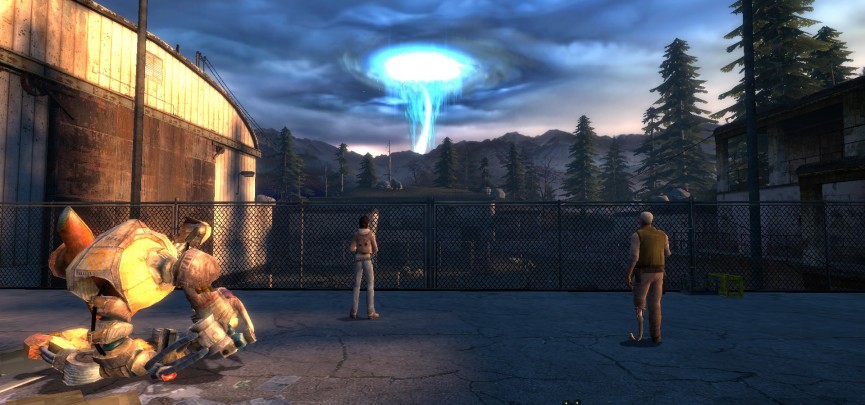
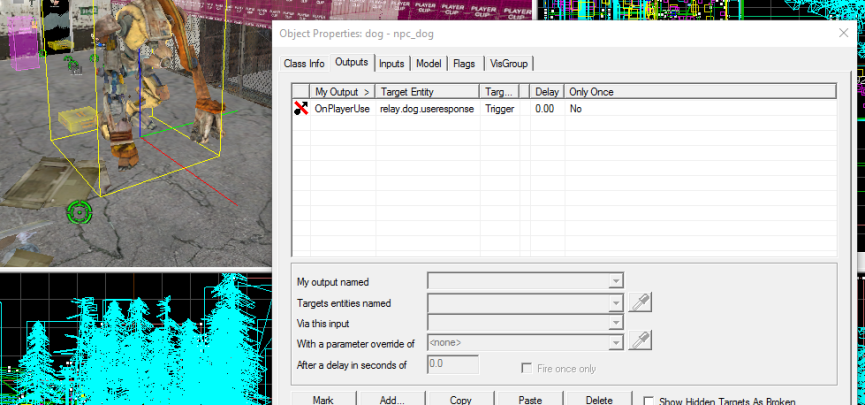



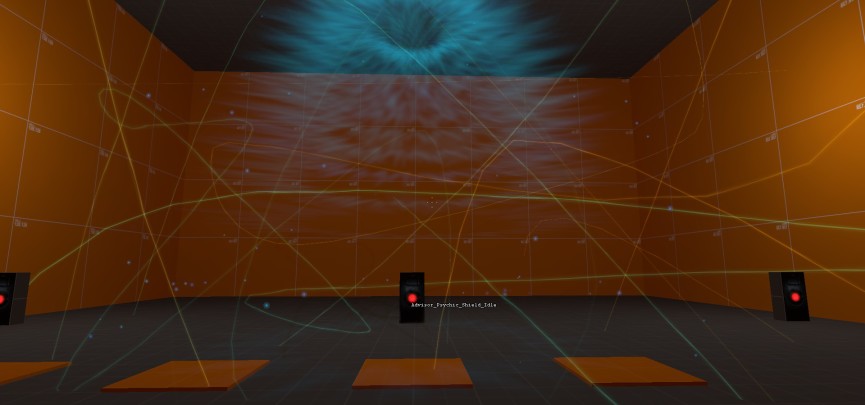
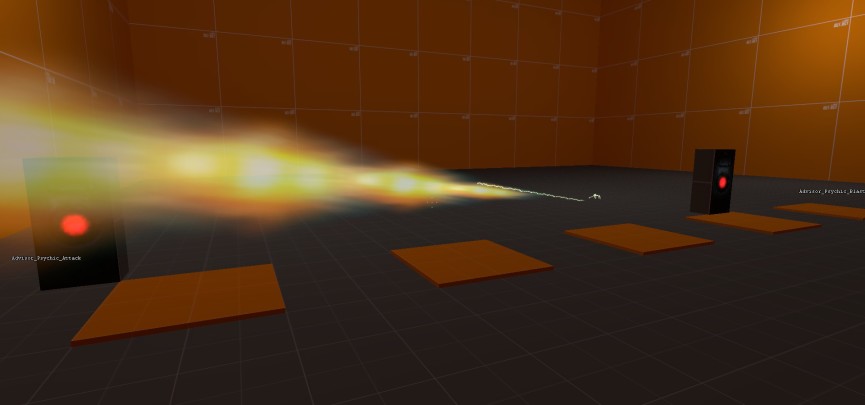
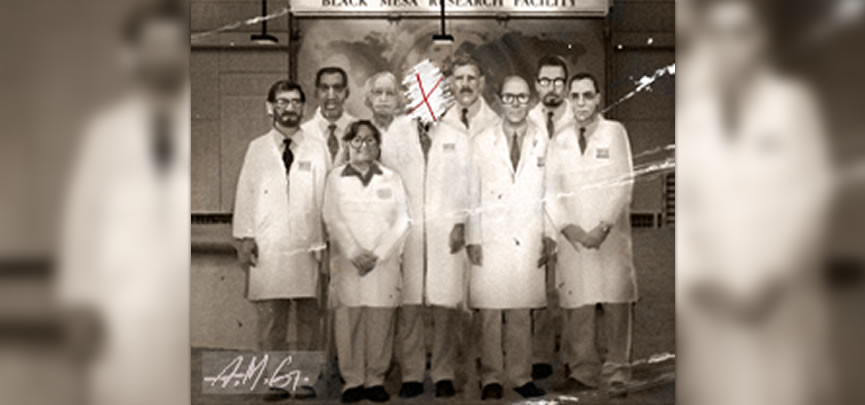
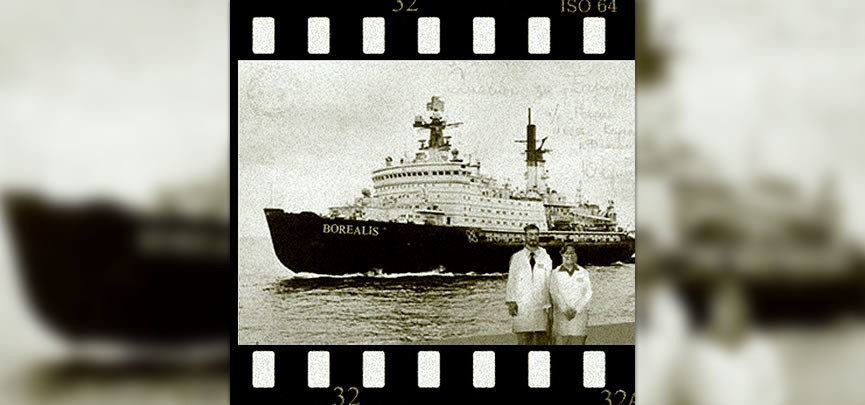

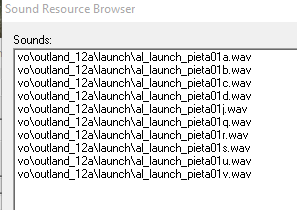
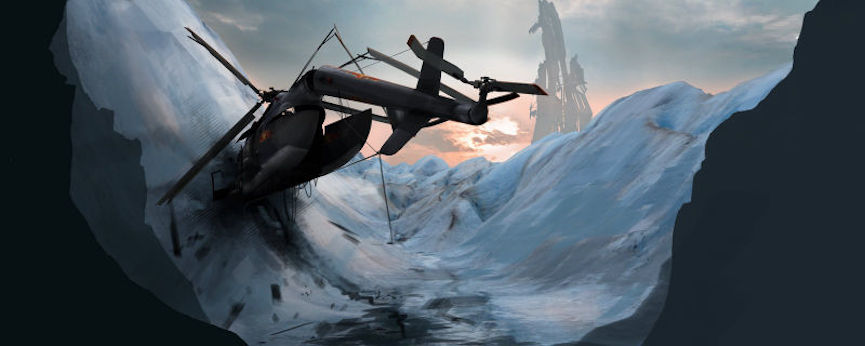

This article was brilliant. The wait for the next HL game (if that is a possibility that is) is really agonizing, so these articles are what keeps me alive ha ha. It’s always nice to read things related to Half-Life.
A job well done indeed. Loved the article. Thank you for taking time to write it 🙂